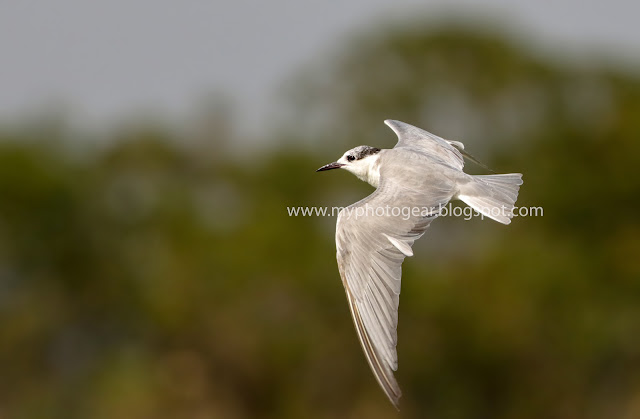To capture sharper bird photos, follow these steps:
Use a Fast Shutter Speed: Birds are usually in motion, so a fast shutter speed helps freeze their movement. Aim for a shutter speed of at least 1/500 or faster to ensure sharp images.
Select the Right Autofocus Mode: Use continuous autofocus (AI Servo for Canon or AF-C for Nikon) to track the bird's movement and maintain focus. This mode continuously adjusts focus as the subject moves, ensuring sharpness.
Choose the Correct Focus Point: Select a single focus point or a small group of points to ensure precise focus on the bird's eye, which is crucial for sharpness and conveying emotion in wildlife photography.
Optimize Aperture Settings: While wide apertures (low f-stop numbers) can create a pleasing background blur, they also result in a shallow depth of field. Consider using a slightly higher aperture (e.g., f/5.6 to f/8) to increase depth of field and keep the entire bird in focus.
Stabilize Your Camera: Use a tripod, monopod, or bean bag to stabilize your camera, especially when using long telephoto lenses. This reduces camera shake and helps achieve sharper images, particularly in low-light conditions.
Prefocus on Common Perches: If you're familiar with the bird's behavior and know where it frequently perches, prefocus your lens on those spots. This allows you to react quickly when the bird appears, increasing your chances of capturing a sharp photo.
Anticipate Bird Movement: Birds move quickly and unpredictably, so anticipate their movements and be ready to adjust your composition and focus accordingly. Practice tracking moving subjects to improve your skills.
Use Burst Mode (Continuous Shooting): Birds' movements can be rapid, making it challenging to capture a perfectly sharp image in a single shot. Use burst mode to take a rapid series of shots, increasing your chances of getting a sharp image.
Pay Attention to Lighting: Good lighting is essential for sharp photos. Shoot during the golden hours (early morning or late afternoon) when the light is soft and directional, minimizing harsh shadows and maximizing detail.
Practice Patience and Observation: Wildlife photography requires patience and observation. Spend time studying bird behavior, learning their habits, and positioning yourself strategically to capture the best shots.
By following these tips and practicing regularly, you can improve your skills and capture sharper bird photos. Remember that wildlife photography requires patience, persistence, and a willingness to learn from both successes and failures.




No comments:
Post a Comment